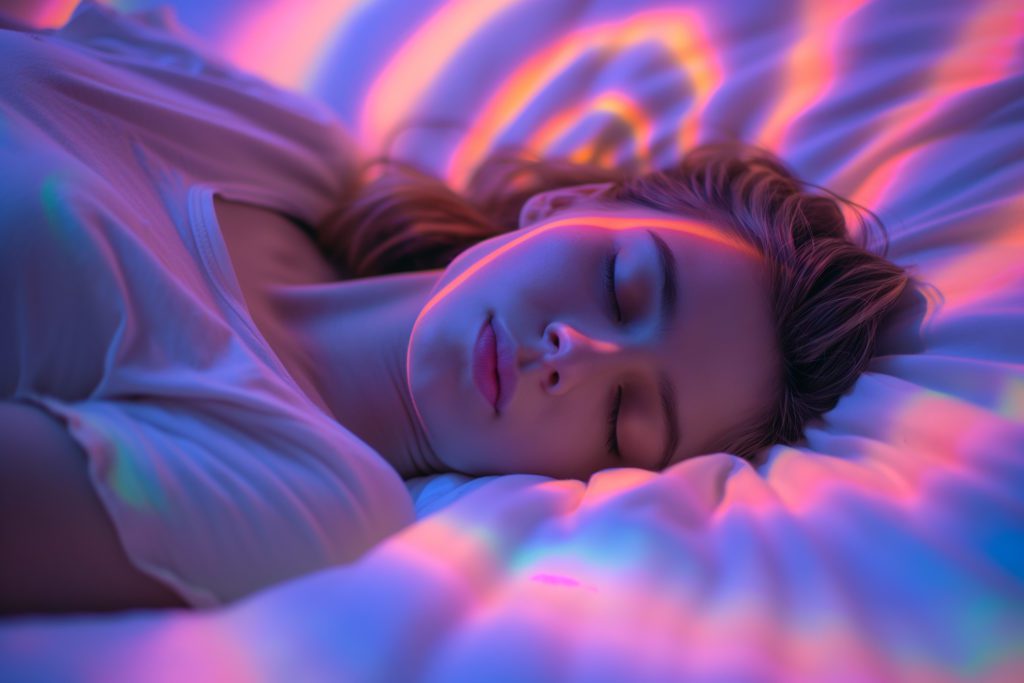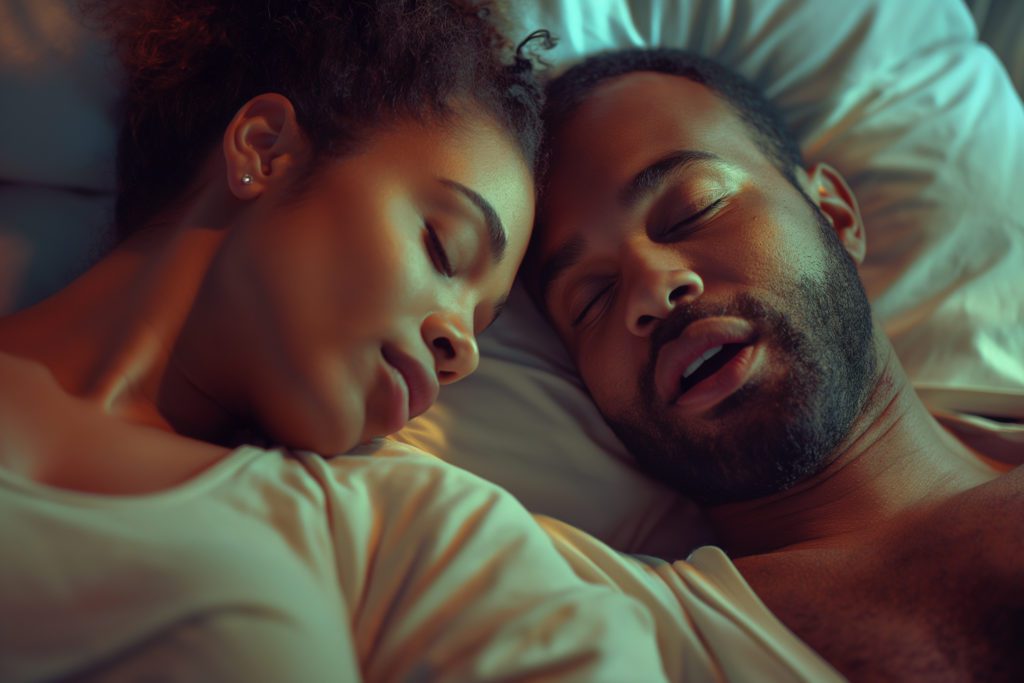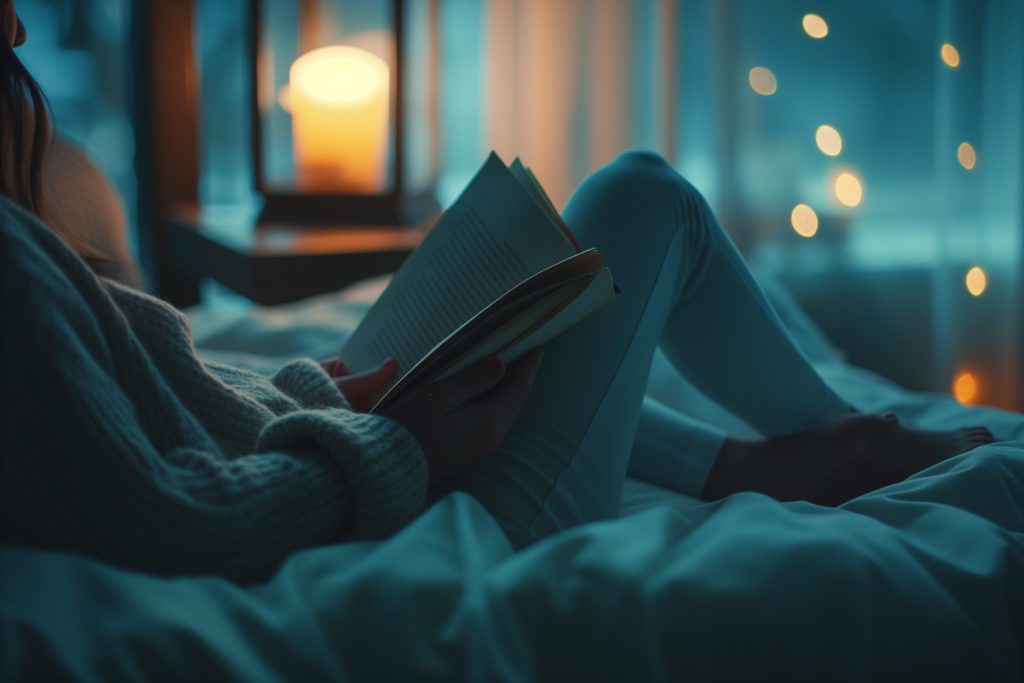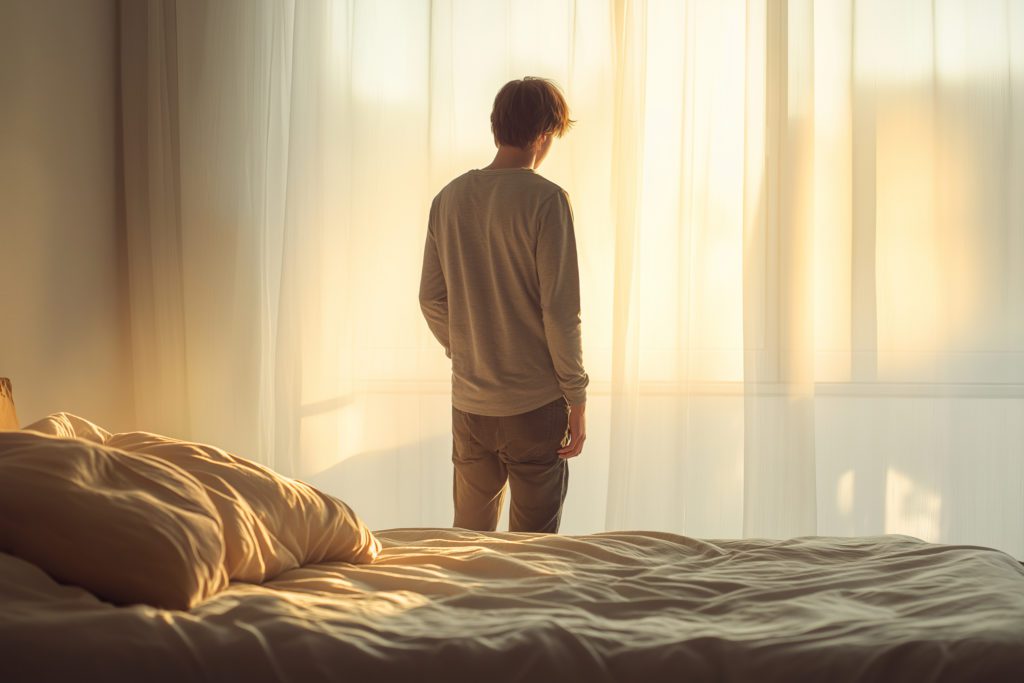
What Are Common Types of Parasomnias Affecting Sleep Quality?
The most common parasomnias affecting sleep include sleepwalking, sleep terrors, REM sleep behavior disorder, and nightmares. These can be treated by improving sleep hygiene.
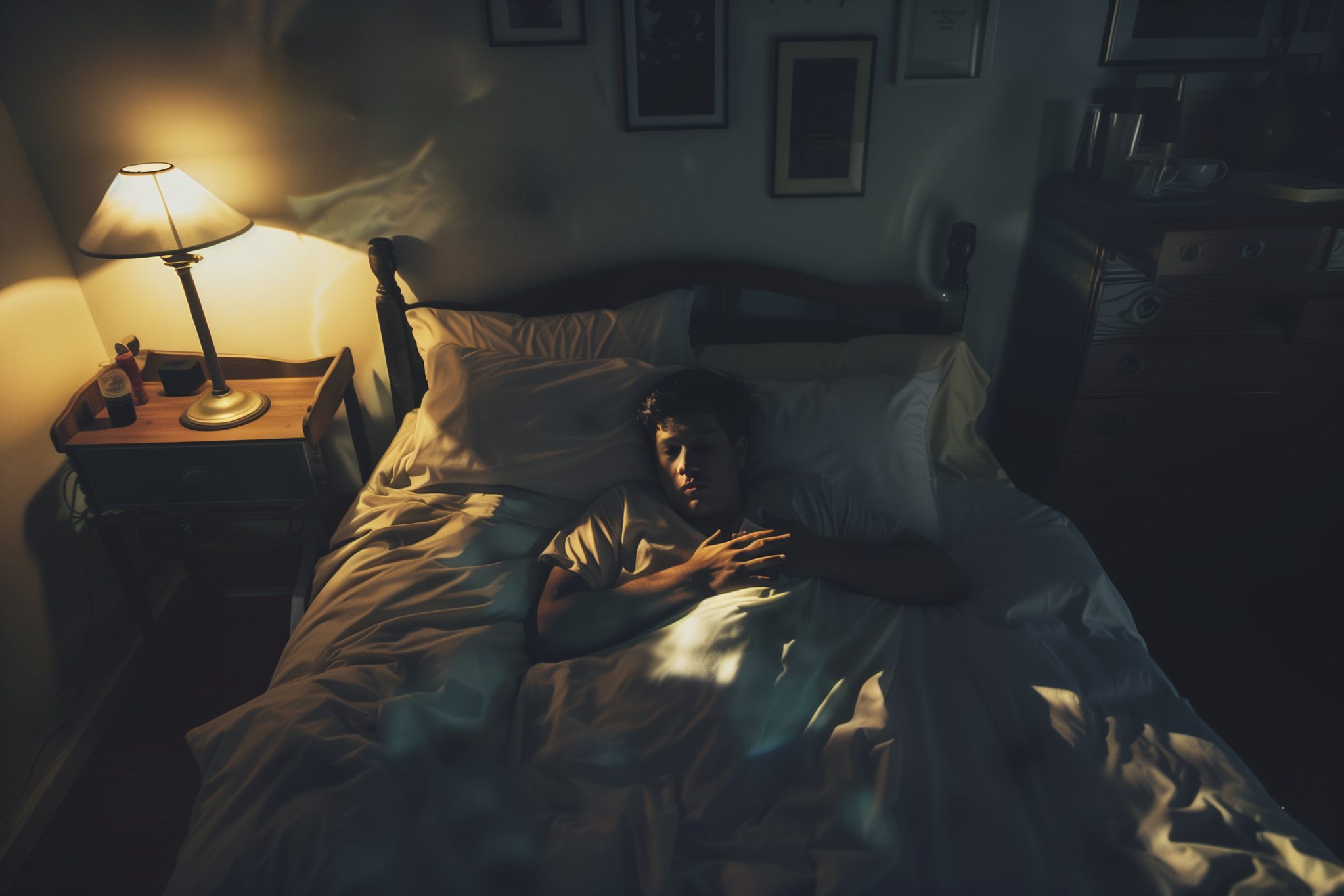
Parasomnias are disorders that disrupt sleep. These disorders involve unusual or strange behaviors or perceptions that occur while a person is sleeping. Examples include shouting, moving around, talking, or eating. Some parasomnias, such as sleepwalking and night terrors, can be dangerous and can cause a person to get hurt. Parasomnias are treatable. Treatments usually start with non-medications but may include medicines in some cases. Read on to learn more about parasomnias.
What are the Causes of Parasomnias?
Scientists aren’t exactly sure why some people have parasomnias. However, a variety of things are linked with parasomnias, including:
- Medical Issues: Certain medical issues can cause parasomnias, including encephalitis and Parkinson’s disease.
- Psychiatric Illnesses: Depression, bipolar disorder, anxiety, and post-traumatic stress disorder (PTSD) can trigger parasomnias.
- Sleep Disorders: Circadian rhythm disorder, narcolepsy, and obstructive sleep apnea are all associated with parasomnias.
- Medications: Common medicines that cause parasomnias include olanzapine, montelukast, paroxetine, and metoprolol.
- Substance Abuse: Illegal drug or alcohol use can trigger parasomnias.
- Head Injury: Head injuries are associated with some types of parasomnias.
- Irregular Sleep Schedules: Shift work and unusual sleep schedules can trigger parasomnias.
Type of Parasomnias
Parasomnias are generally categorized into groups based on when they occur during sleep. Some parasomnias take place during the non-eye movement or NREM stages of sleep, others occur during REM sleep.
Non-REM Related Parasomnias
- Sleepwalking: Sleepwalking occurs when a person gets out of bed while still asleep. The person may walk around and do various activities like moving furniture, sorting clothes, and even driving. Sleepwalking can be dangerous to the person experiencing this parasomnia.
- Sleep Talking: Sleep talking occurs when a person talks during sleep. They will often have no memory of this.
- Sleep Terrors: With sleep terrors, a person may sit up in bed and scream, yell, or thrash about while asleep. They will usually have no memory of doing this.
- Sleep-Related Eating Disorder: People with a sleep-related eating disorder will eat and drink while asleep. They may eat foods that they wouldn’t normally eat while awake, such as raw chicken.
- Confusional Arousals: A person experiencing this parasomnia may appear to wake up but they may be disorientated, unresponsive, or appear confused.
- Exploding head syndrome: This is a type of parasomnia where you hear a loud noise in your head during the sleep-wake transition. People describe it as sounding like a gunshot or explosion happening. This can be frightening and cause confusion.
- Sleep-Related Hallucinations: These are vivid dream-like visual or auditory hallucinations that most often occur as a person is falling asleep.
REM-Related Parasomnias
- REM Sleep Behavior Disorder: During sleep, the body normally becomes temporarily paralyzed, so that a person cannot act out their dreams. But, with this disorder, paralysis is absent or incomplete and a person physically acts out their dreams. They may talk, punch, kick, or scream while asleep. This disorder is most common in males over the age of 50 and is associated with Parkinson’s disease, as well as dementia.
- Nightmare Disorder: A person who has a nightmare disorder frequently experiences terrifying, vivid nightmares.
- Sleep Paralysis: With sleep paralysis, a person can’t move their body during sleep.This happens just as a person is falling asleep or waking up. It is thought that sleep paralysis is an extension of REM sleep.
Other Parasomnias
- Bedwetting: Nighttime bedwetting is called nocturnal enuresis. This is considered to be a parasomnia if it happens in a child or adult over the age of 5 and occurs at least two times per week.
- Sexsomnia: Persons with this parasomnia act out sexual behaviors while asleep. These may include sexual vocalizations, masturbation, intercourse, and sexual aggression.
How are Parasomnias Diagnosed?
If you have symptoms of parasomnias, it’s important to visit your physician. You may be asked to keep a sleep diary and keep track of any sleep-related events. Diagnosis for parasomnias may include a review of your medical history, family history, and medications. Your doctor may send you to a sleep specialist. Your sleep specialist may refer you for various diagnostic tests, such as a sleep study or sleep EEG.
Treatment of Parasomnias
Good sleep hygiene has been shown to help people with parasomnias. This is usually where doctors start when treating parasomnias.
Create a Safe Sleep Environment
If you sleepwalk or have REM sleep behavior disorder (RBD), then it is important that you make your room safe. You may need to sleep alone. You should lock doors and windows. Remove items from around the bed that you might injure yourself on, such as furniture that has sharp edges. Install alarms on doors and windows.
Follow a Wind-Down Routine
A wind-down routine helps you relax and prepare for sleep. It can help reduce stress and anxiety so that you sleep better. Dedicate one hour to your wind-down routine. There are a number of activities you can incorporate into your specific evening routine. Choose what works best for you. You could try listening to relaxing sounds. A recent study found that when participants listened to white noise, they woke up less often during the night and fell asleep quicker. On Pillow, you can listen to various stories, meditations and soundscapes.
Block Out Light
About an hour before bedtime, dim your bedroom lights. That way, your body will start to produce more melatonin. Keep outside lights from shining into your window with blackout curtains or blinds. Use light-blocking stickers on any LED lights in your room, such as those on your router or computer.
Reduce Alcohol Use
Alcohol use is linked with many parasomnias. One study found that 14 percent of parasomnia episodes are triggered by alcohol. Other studies have shown that alcohol use can trigger sleepwalking. Alcohol can help a person fall asleep quickly, but then it disrupts the sleep cycle and results in poor sleep quality. Therefore, aim to stop drinking alcohol about four hours before bedtime.
Seek Therapy
Cognitive behavioral therapy (CBT) may be helpful for some parasomnias. The American Academy of Sleep Medicine recommends imagery rehearsal therapy for nightmare disorder. This is a type of CBT that involves replacing nightmare parasomnia content with new images that reduce fear.

Written by
Emily Mendez
Emily Mendez is a former therapist and mental health author. She is one of the leading voices in mental health. Emily's writing has appeared in eCounseling, SonderMind, and more. Emily is frequently interviewed by Healthline, Fatherly, INSIDER, Family Circle, and other national media for her advice and expert opinion on the latest mental health topics.
Download Pillow
Get help
Press & News
Legal
Connect
X (Twitter)
Company
Copyright © Neybox Digital Ltd.
